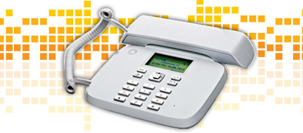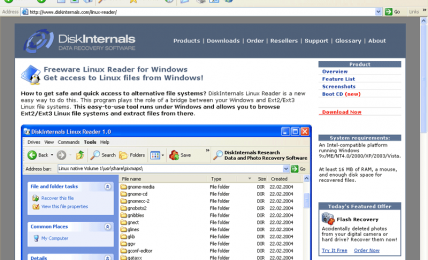Starting a business is one of the more complex joys in life, but introducing it to the community and riding the wave of endorphins that comes with interacting with the public is where the pure, unadulterated thrill of being in business really kicks in.
The great thing about doing business in the 21st century is the large-scale availability of marketing and management tools. Today there are more ways to generate and maintain customers and business relationships than there are flavors at Ben and Jerry’s. The Internet and its commoditization of personal information have borne a galaxy of marketing tools, software and research that make targeting customers almost criminally easy, especially when compared to pre-millennium techniques. In the same way that the Internet has revolutionized the internal operations of businesses, it has also changed how businesses communicate with the rest of the world.
Miscommunication is the secret lurking gremlin of any business; if you don’t say what you mean and mean what you say, the most basic element of success is cast into the ether and relationships with clients and employees begin to dissolve. Naturally, there are several forms of business communication:
- inter-office communications will embody a brand voice but sound different from
- customer relations, which are designed to keep people happy while
- advertising communications are designed to SELL SELL SELL.
Additionally, there are also many channels for delivering your message—Internet, print, radio, face-to-face and telephone conferencing, just to mention a few.
That final one is interesting: telephone conferencing is nothing new, but the field is currently undergoing a transformation, both in the way it exists and how it’s being used by individuals and businesses.
Businesses that use telephones (read: almost all of them, ever) are seeing a shift toward conference calls. Although 87 percent of conference calls are made using hardwired phones today, VoIP conference calls are growing.
Conference calling over the Internet has made some pretty stellar advances in the past decade as broadband Internet has brought swift connection speeds into the mainstream. Skype and, more recently, Google Hangouts have more or less galvanized the video conference landscape and made it really, really easy to hold free videochats among multiple parties. Hangouts aren’t the most sophisticated approach to video conferencing – the image quality is sort of an Achilles’ heel at the moment – but the ability to record, broadcast and change the “Camera angle” of conversations is enough to warrant serious consideration. Skype is ever the dark horse, and will provide lots of features and functionality…for a price. When it comes to business, perhaps you’ll spare no expense, but it helps to have a number to plug into the communications budget. On that end, there are fantastic conference call companies that will provide instant troubleshooting and support to make your calls as professional as possible.
These futuristic “telecommunications” are probably only a few years away from becoming the de facto mode of corporate communication, but until that day, conference calling is the easiest way to pull together a diffuse group of people into one telephone conversation.
Like any other mode of communication there exists an unofficial rulebook to conference calling. Don’t talk over other participants, hold the conference in a quiet place, really run of the mill stuff. What you want to remember, particularly when dealing with partners, clients or potential customers, is that your conduct during conference calls is a reflection of your brand the same way advertising, office memos and all the rest are.







